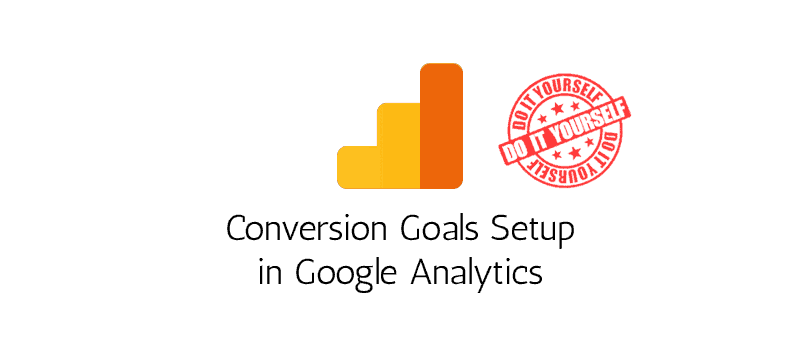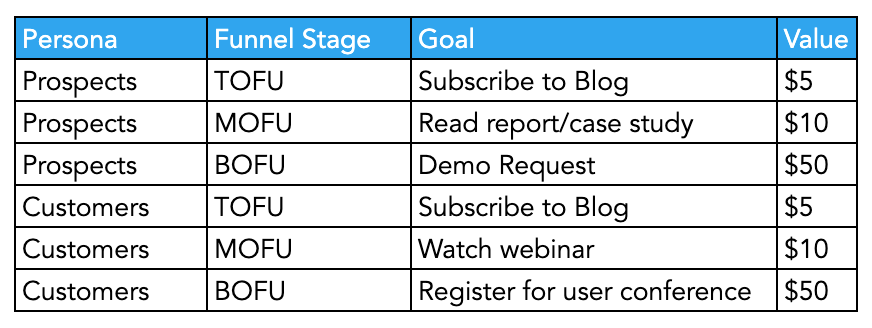Trick Insights on What Data Is Google Analytics Goals Unable to Track
Trick Insights on What Data Is Google Analytics Goals Unable to Track
Blog Article
Discover the Limitations of Google Analytics Goals: Unveiling the Data Types That Remain Untrackable
As organizations significantly rely on data-driven decision-making, recognizing the constraints of tools like Google Analytics comes to be vital. While Google Analytics Goals deal useful understandings right into user interactions, there exist data kinds that thwart monitoring, positioning challenges to a comprehensive understanding of individual actions.
Insufficient Customer Trip Tracking
Insufficient individual journey tracking within Google Analytics can hinder the capability to precisely analyze user actions. When the user journey is not totally tracked, there are gaps in the information that avoid a thorough understanding of just how customers engage with a web site. This lack of understanding can bring about missed chances for optimization and renovations to the individual experience.
One usual concern with insufficient user journey monitoring is the failure to see the complete path that customers take in the past finishing a goal or leaving the site. Without this information, it is testing to identify where customers may be coming across obstacles or rubbing points that stop them from converting. Furthermore, incomplete tracking can obscure the impact of specific advertising and marketing initiatives or web site changes on customer actions.
To address this constraint, it is critical to establish up correct tracking devices within Google Analytics to capture the entire user trip. This may involve setting up event tracking, objective funnels, or making use of devices like Google Tag Supervisor to make certain that no important interactions go unrecorded. By acquiring a thorough sight of the customer trip, web site owners can make even more informed decisions to enhance user interaction and drive conversions.
Acknowledgment Difficulties
Browsing via attribution challenges in Google Analytics needs a comprehensive understanding of how different touchpoints add to the general conversion procedure. Attribution obstacles emerge from the complexity of contemporary client trips, where customers interact with numerous channels before transforming. Google Analytics offers different acknowledgment models like initial touch, last touch, and direct, each supplying a various point of view on how credit is appointed to touchpoints along the conversion path. Nevertheless, these designs might not always properly show truth influence of each touchpoint on the conversion.
One typical attribution obstacle is the problem in associating conversions to the appropriate resource, specifically in situations where users engage with multiple channels before transforming. Additionally, cross-device monitoring postures an additional acknowledgment difficulty, as customers typically switch over in between gadgets throughout their trip, making it challenging to track their interactions perfectly.
Offline Conversions
Given the challenges connected with associating conversions accurately in online networks, the dimension of offline conversions provides a substantial chance for marketers seeking an extra comprehensive understanding of their consumers' journey. Offline conversions describe activities that clients take in the physical globe, such as making purchases in brick-and-mortar stores or over the phone, participating in occasions, or engaging with printed materials - what data is google analytics goals unable to track. These conversions are vital for organizations that run both online and offline, as they provide beneficial understandings right into the effectiveness of advertising and marketing projects across different touchpoints
Tracking offline conversions commonly posed a considerable obstacle for marketers, as it was testing to link these actions back to details on the internet communications precisely. However, with innovations in modern technology, such as the assimilation of CRM systems, special identifiers, and promo code codes, businesses can now bridge the space between online and offline information to obtain a much more holistic sight of customer behavior. By properly gauging offline conversions, read this article online marketers can optimize their approaches, allocate sources much more effectively, and inevitably boost the overall consumer experience.
Cross-Device Tracking
Cross-device tracking plays a crucial duty in comprehending the read here interconnected nature of customers' electronic communications throughout numerous tools. In today's omnichannel globe, where individuals effortlessly switch over between smart devices, tablets, and desktops, tracking their behavior across these tools is essential for marketing experts to acquire a comprehensive view of their customer trip.

Additionally, personal privacy concerns and regulations such as GDPR and CCPA have even more difficult cross-device monitoring. With customers demanding more control over their data and raised restrictions on monitoring innovations, marketers must find cutting-edge and privacy-compliant methods to link individual communications across devices.
Dynamic Web Content Engagement
Comprehending individual involvement with dynamic material is essential in optimizing digital advertising strategies for improved target market communication. Dynamic material refers to site aspects that alter based on customer actions, preferences, or various other variables, supplying a customized experience. Nevertheless, tracking user communications with vibrant web content positions obstacles for traditional analytics tools like Google Analytics.
While Google Analytics can track basic interactions like clicks and web page views, it might have a hard time to catch more nuanced involvements within dynamic material. what data is google read analytics goals unable to track. Metrics such as time invested in specific vibrant aspects, hover activities, or interactions within pop-ups are frequently not quickly measurable using basic monitoring methods. This constraint hinders marketing experts' ability to completely understand exactly how individuals are involving with dynamic material and customize their methods accordingly

Verdict
Finally, Google Analytics objectives have constraints in tracking insufficient user journeys, attributing conversions properly, catching offline conversions, tracking cross-device interactions, and measuring dynamic web content involvement. These restraints highlight the value of checking out added monitoring approaches and tools to get a much more thorough understanding of customer habits and conversions past what Google Analytics can give.
While Google Analytics Goals offer useful understandings right into user communications, there exist information types that avoid monitoring, presenting difficulties to an extensive understanding of individual actions.Insufficient user journey monitoring within Google Analytics can prevent the ability to accurately examine individual habits. When the customer trip is not totally tracked, there are voids in the information that prevent a detailed understanding of exactly how individuals communicate with a website.One common concern with insufficient individual trip monitoring is the inability to see the full course that individuals take previously finishing a goal or leaving the site. By gaining a thorough sight of the user trip, website proprietors can make more informed choices to enhance customer engagement and drive conversions.
Report this page